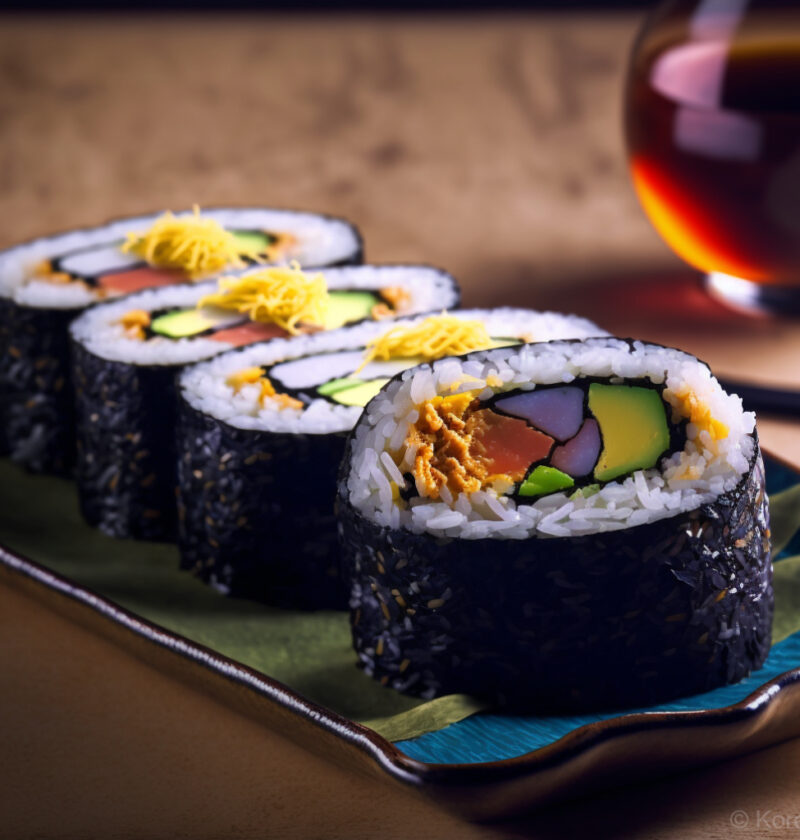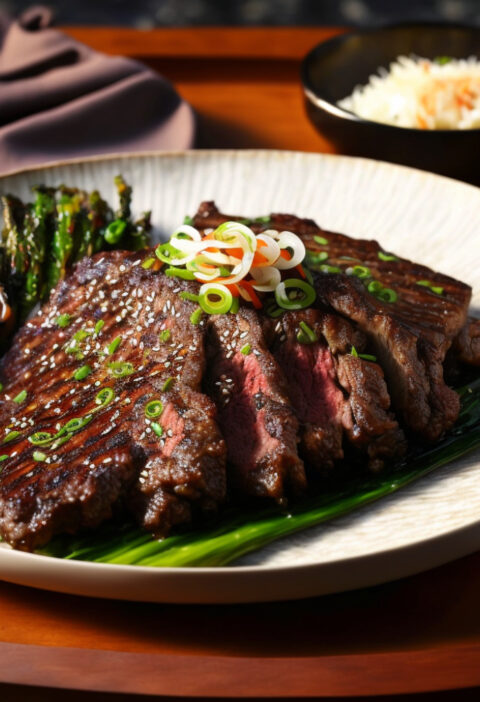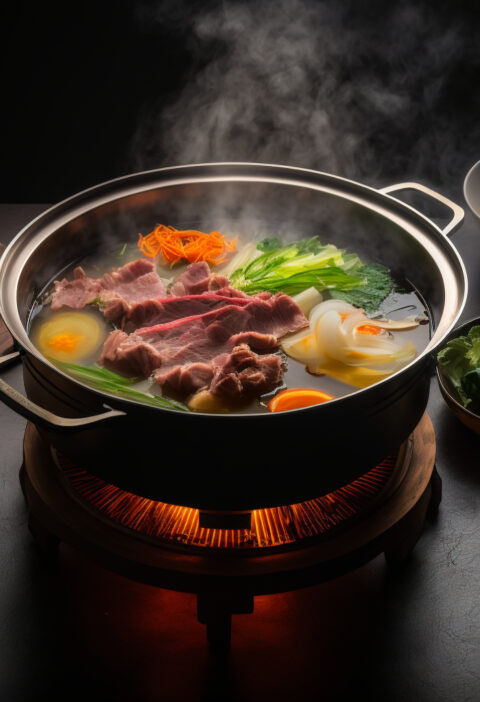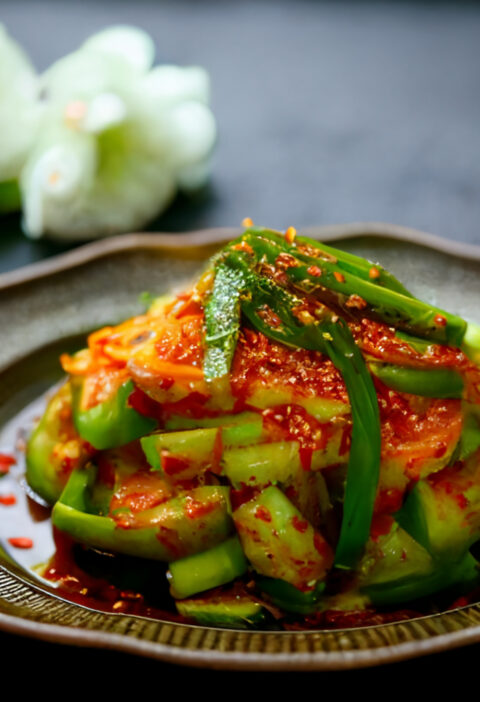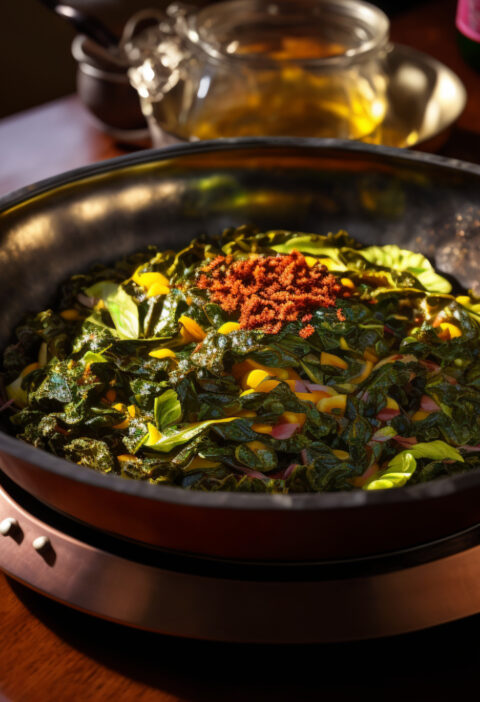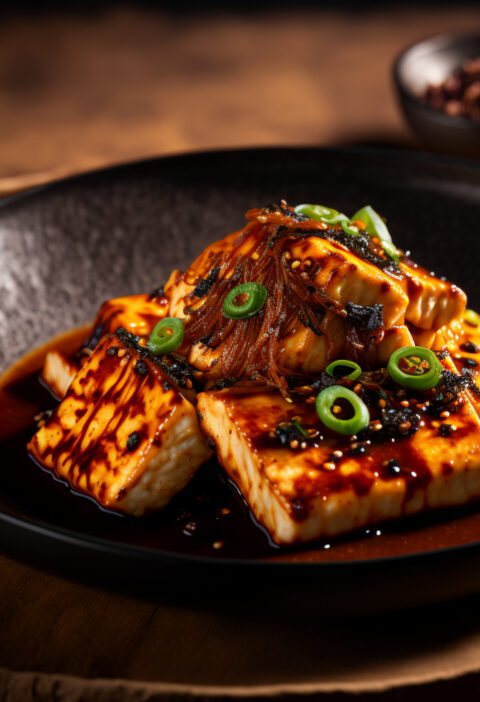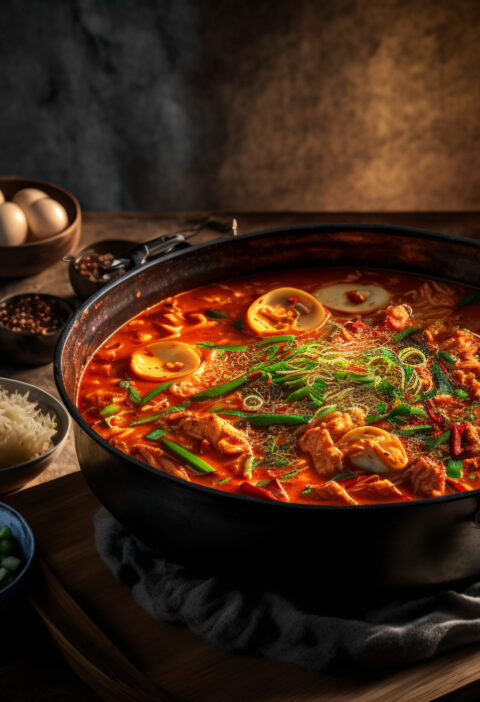What is Kimbap?
Kimbap is a traditional Korean dish that consists of a variety of ingredients rolled up in a sheet of seaweed and sliced into bite-sized pieces. It is similar to sushi in that it is made with rice and a variety of fillings, but the ingredients used in kimbap are typically more diverse and the dish is not typically served with soy sauce or wasabi.
Kimbap is often made with a variety of ingredients such as pickled radish, egg, imitation crab meat, spinach, and carrot, but there are many variations of the dish and other ingredients can be used as well. The ingredients are usually arranged on top of a sheet of seaweed called gim, then the seaweed is rolled up and sliced into bite-sized pieces. Kimbap is a popular and convenient snack or meal in Korea, and is often enjoyed as a part of a traditional Korean meal or as a quick and easy snack on the go. Whether you’re looking for a satisfying and portable meal or simply want to try a tasty and traditional Korean dish, kimbap is a great choice.
How To Make Kimbap
Ingredients
- 4 cups cooked short-grain rice
- 2 tablespoons rice vinegar
- 2 tablespoons sugar
- 1 teaspoon salt
- 4 sheets gim (dried seaweed)
- 4 tablespoons gochujang (Korean chili paste)
- 2 cups julienned carrots
- 2 cups julienned cucumber
- 2 cups julienned omelette
- 2 cups sliced imitation crab
- 4 tablespoons sesame seeds
Instructions
- In a large bowl, mix together the cooked rice, rice vinegar, sugar, and salt.
- Lay a sheet of gim on a flat surface. Spread a tablespoon of gochujang over the gim, leaving a 1-inch border at the top and bottom.
- Arrange the carrots, cucumber, omelette, and crab in a line down the center of the gim.
- Sprinkle sesame seeds over the vegetables.
- Using your fingers, gently press a handful of the seasoned rice over the vegetables, pressing down lightly to compact the filling.
- Starting at the bottom, roll the gim tightly around the filling. Wet the top border of the gim with a little water to seal the roll.
- Repeat the process with the remaining gim, gochujang, vegetables, rice, and sesame seeds.
- Cut each roll into bite-sized pieces and serve.
The Perfect Food For Adventure
One of my most memorable experiences with kimbap was on a hiking trip with a group of friends. We had packed a variety of snacks and sandwiches for the hike, but by the time we reached the halfway point, we were all feeling a little hungry and in need of something more substantial. That’s when one of my friends pulled out a container of kimbap that she had made earlier that morning.
I had tried sushi before, but I had never eaten kimbap. The colorful and enticing arrangement of ingredients caught my attention immediately. My friend sliced the kimbap into bite-sized pieces and handed me one, and I took a bite. The flavors were amazing – the rice was fluffy and flavorful, and the fillings were savory and satisfying. I ended up eating two or three pieces, and was grateful for the unexpected and delicious snack. It was definitely a memorable and enjoyable experience, and I will always be grateful to my friend for introducing me to kimbap.

